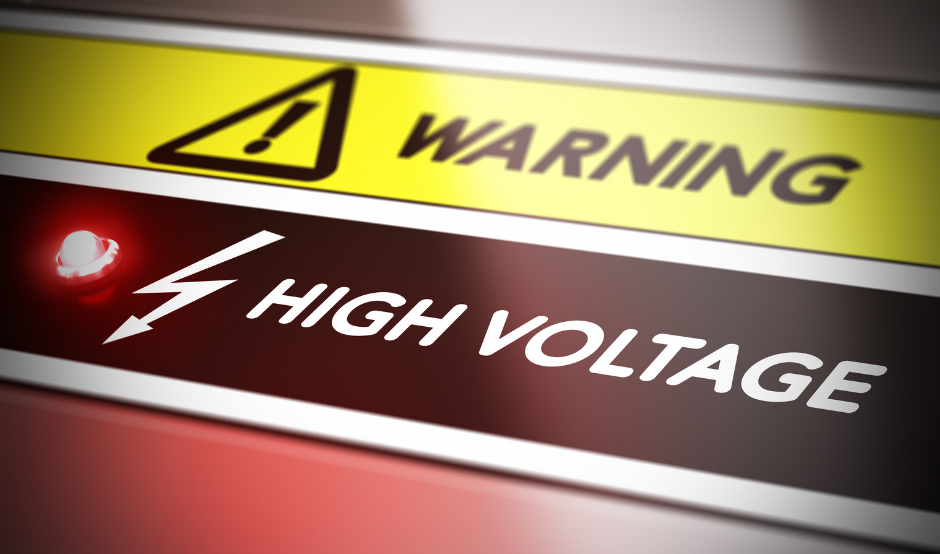Are you as safe as you can be around electricity in your home and workplace? This is a question worth considering as we recognize National Electrical Safety Month in May. Most people would answer, “Yes.” But people can become complacent as they handle everyday electrical tools and appliances, not appreciating that there are risks involved.
Every year, people are injured or even killed because of contact or exposure to electricity. In the United States, there are more than 1,000 deaths per year, as a result of electrical injuries. Of these, approximately 400 are due to high-voltage electrical injuries. Lightning causes another 50 to 300 deadly electrocutions. In addition, there are at least 30,000 shock incidents per year that are non-fatal.
About 20% of all electrical injuries occur in children in the home. In adults, these injuries occur mostly in occupational settings and are the fourth-leading cause of workplace-related traumatic death. In 2020, there were 126 fatal workplace electrocutions (the lowest number on record) and about 2, 200 electrical injuries, according to the Electrical Safety Foundation International (ESFI).
The Numbers
Some statistics regarding electrocutions across the country:
- Large appliances cause the largest proportion of electrical incidents in the home.
- Electrocutions from wiring hazards, including damaged or exposed wiring and household wiring together total approximately 20%.
- Ladders contacting power lines cause 9% of electrocutions. In another 5% of deaths, victims contacted high voltage power lines. (Always remember to look up for overhead power lines when using ladders).
- Power tools are responsible for another 9% of deaths.
- Landscaping, gardening, and farming equipment cause 7% of electrocutions each year.
- Construction and Mining are the two industries with the highest number of electrical fatalities and injuries in the workplace.
- Electricity is also the cause of over 140,000 fires each year, resulting in 400 deaths and 4,000 injuries.
Prevention
Like most accidents, electrical incidents can be avoided by understanding how electricity works and recognizing potential hazards when we see them.
Here are 10 easy steps to protect yourself from electric shock or electrocution:
- Inspect all tools and power cords prior to use.
- Never mix water and electricity. Always keep electrical appliances away from water and moisture.
- Use of appliances and equipment as directed. Be sure to use all your power tools, appliances, and equipment according to the manufacturer’s instructions.
- Install ground fault circuit interrupters (gfci). If you live in an older home that didn’t come standard with gfcis, installing them in place of traditional outlets in your bathroom, kitchen, and garage is an easy way to prevent severe electrical injuries.
- Make sure you are using the right size circuit breakers and fuses.
- Make sure power strips, cords, and surge suppressors are designed to handle the loads for their intended use. Avoid overloading circuits by plugging too many items into the same outlet.
- Be kind to your cords and treat power cords properly. Never nail them or tightly tack them down, and regularly check to make sure they’re not pinched between or underneath items.
- The electrical outlets in most homes now have three-wire receptacles that accommodate electrical cords with three-prong plugs. The third prong provides a path to the ground. Although three-prong adapters can be purchased, they are suggested only for temporary use. Never clip the third prong off a plug to make it fit a two-hole outlet.
- Whether you are using a step ladder or extension ladder, the material it is constructed of and where you place it when you use it, can make the difference between life and death. Be aware of your surroundings.
- Ungrounded faulty tools are always hazardous. Make sure power tools are grounded or are double insulated. Wear rubber-soled shoes or stand on a rubber mat and keep work floors dry.
Electricity is a vital part of our everyday lives. By acknowledging the potential risks, avoiding complacency and taking appropriate precautions, we can use it safely.

